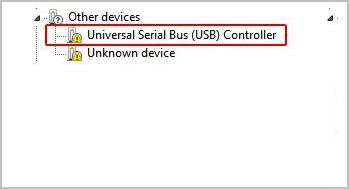


BIGINTīIGINT is used to store big integers with a precision of 63 bits. INTEGER is the synonym of INT, therefore, they are interchangeable. INT is used to store large integers with a precision of 31 bits. SMALLINT is used to stores small integers with a precision of 15 bits. Introduction to Db2 integer typesĭb2 supports three types of integers: SMALLINT, INT, and BIGINT.

My expertise lies in T-SQL programming, Replication and PowerShell.Summary: in this tutorial, you will learn about various Db2 integer data types including SMALLINT, INT, and BIGINT. I am Microsoft Certified Professional and backed with a Degree in Master of Computer Application. I’m a Database technologist having 8+ years of rich, hands-on experience on Database technologies. This is one of the prime examples of why we need to upgrade to newer version. At many instances, we opt for any solutions without thinking of data volume that may degrade the performance. The same solution can be derived using the cursor and there may be other solutions as well. Select from dummyTest where * from #dummy Loops and Temp table create table dummyTest Select row_number() over (order by (select null)) A, * If you are using SQL 2012 then Sequence would be natural choice for any such operations.ĬYCLE SELECT table_name,NEXT VALUE FOR Seq New_column Select A =identity(int,1,1),B,C from table_absįor this output, the 4th column generates the Sequence of numbers from 1 to 3 which is shown below 1,A,41,1 There was a question from the op regarding adding a new column to a query output by generating the cyclic sequence numbers from 1 to 3.


 0 kommentar(er)
0 kommentar(er)
